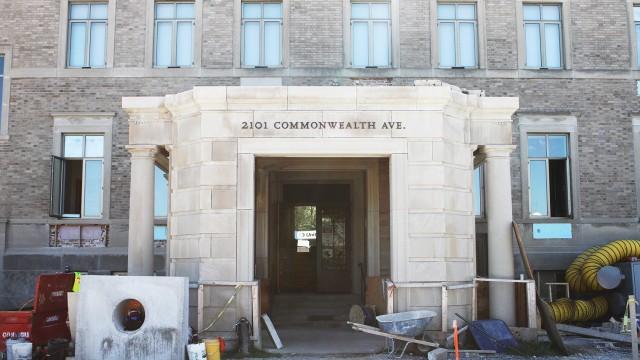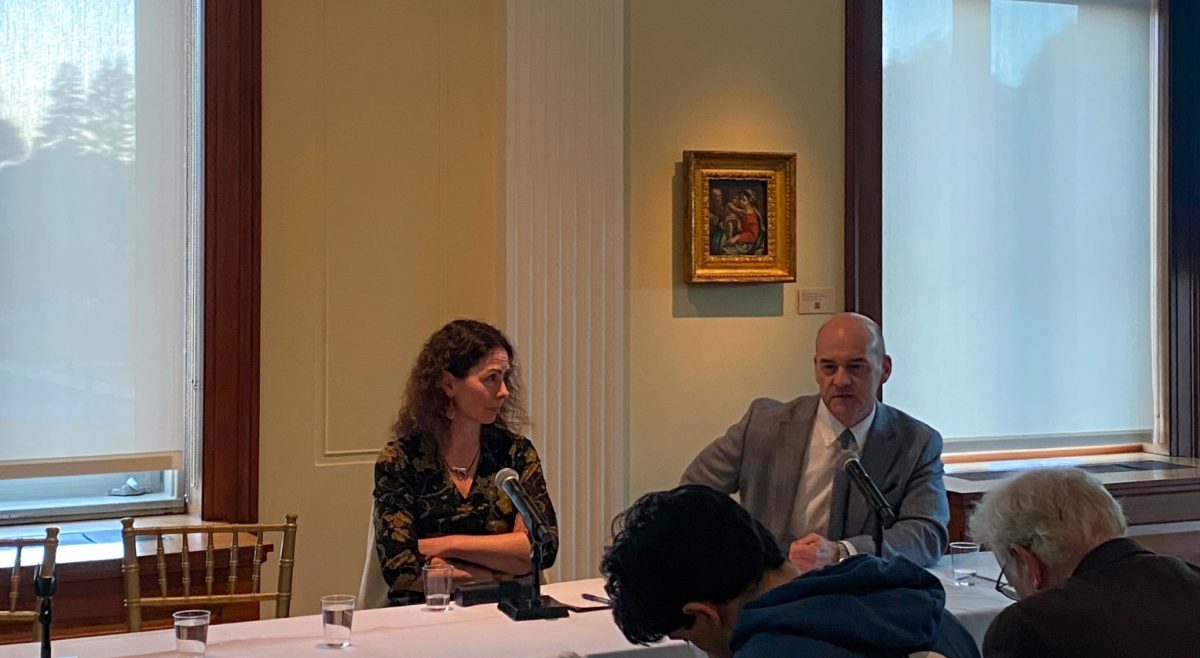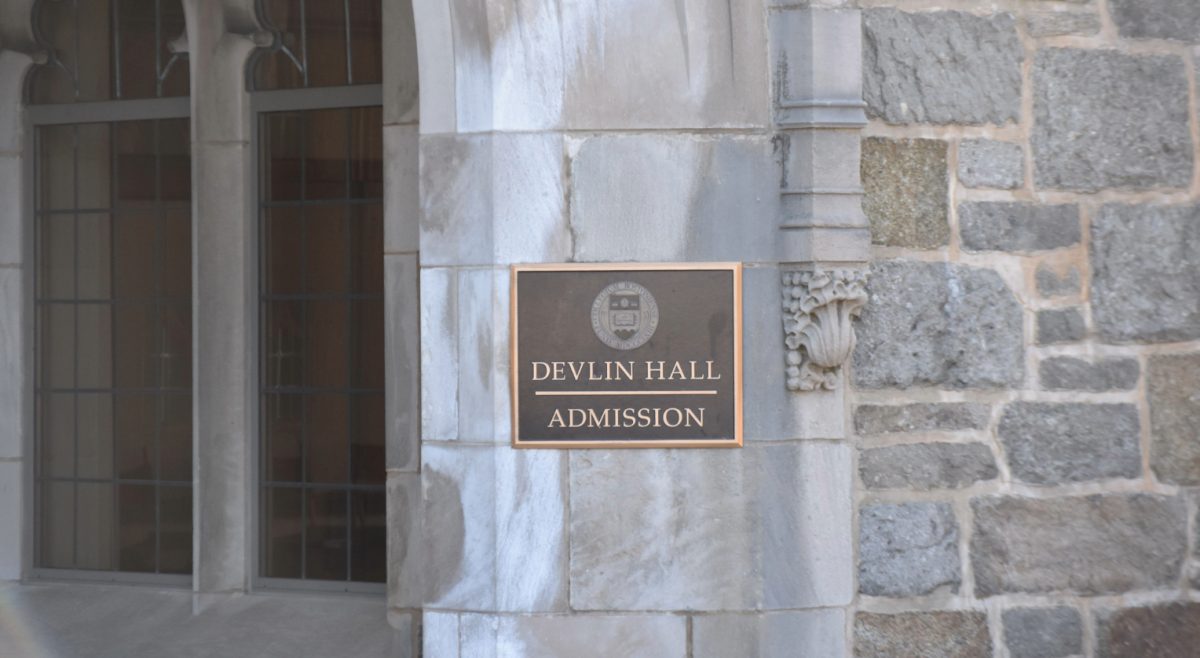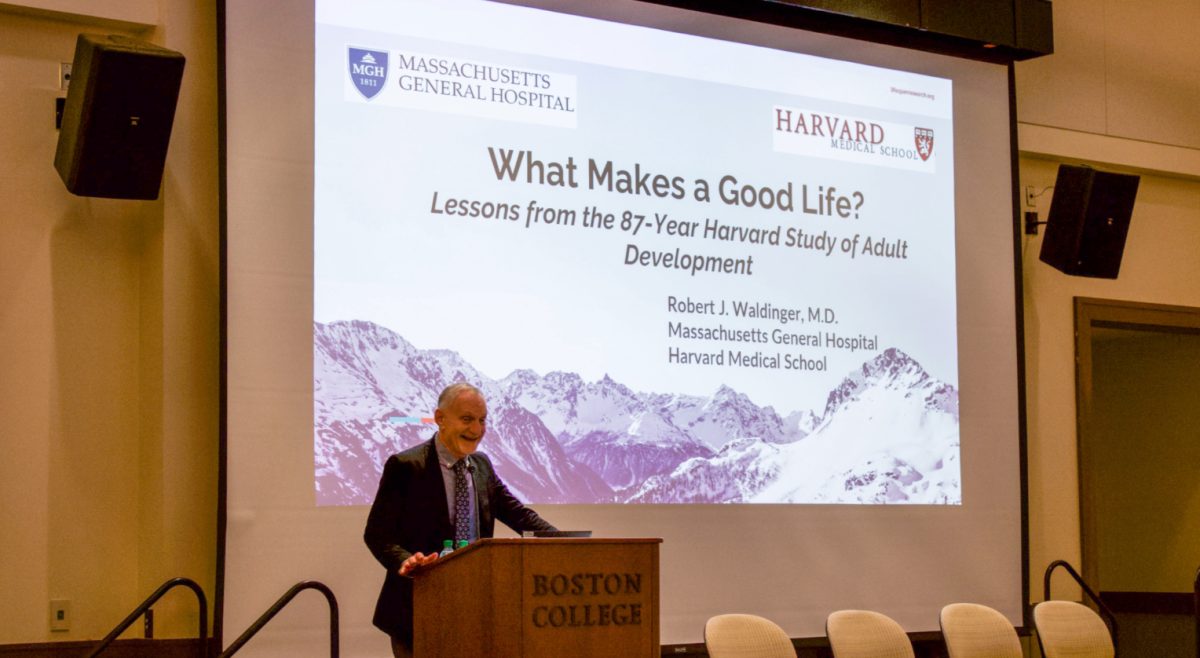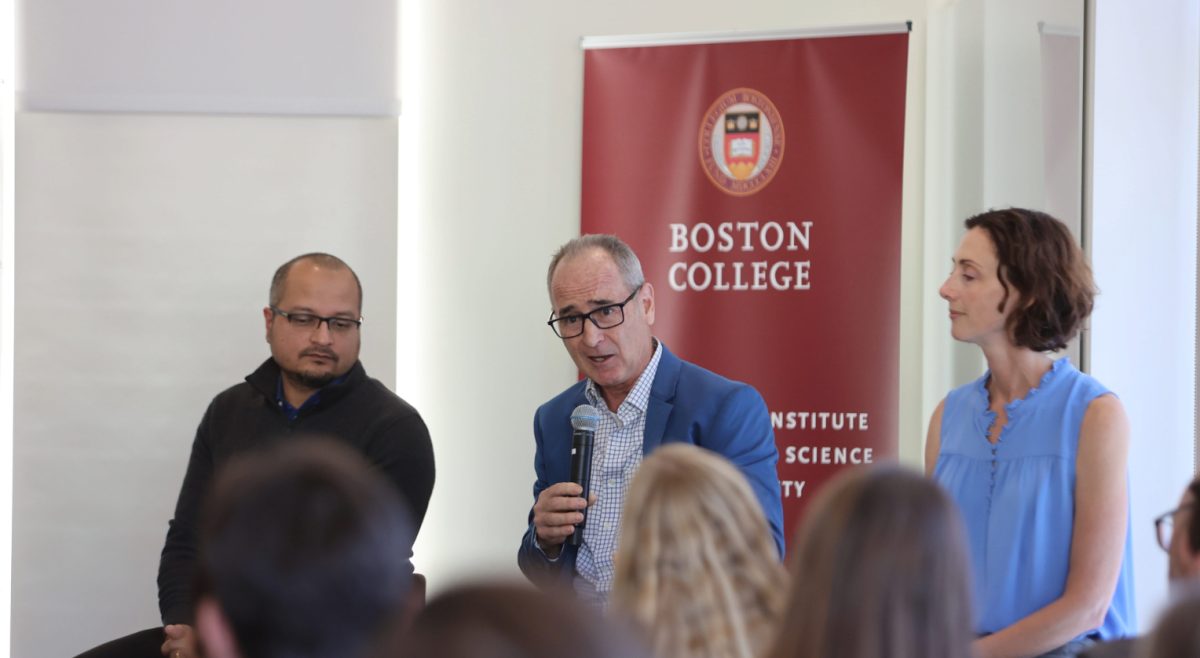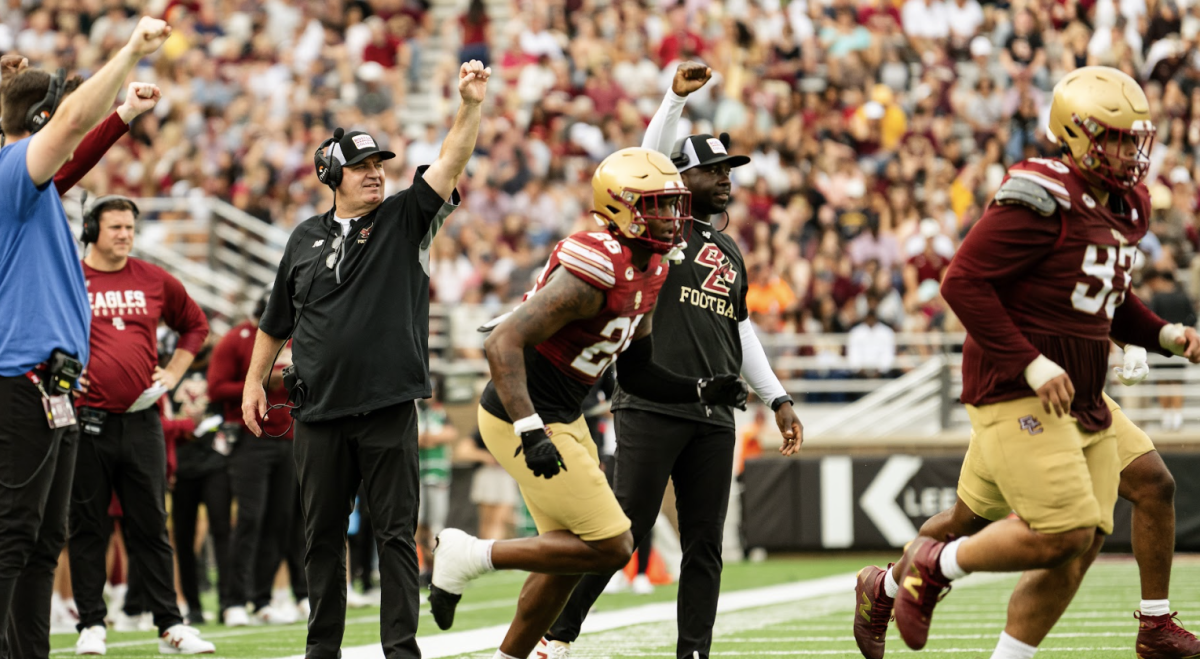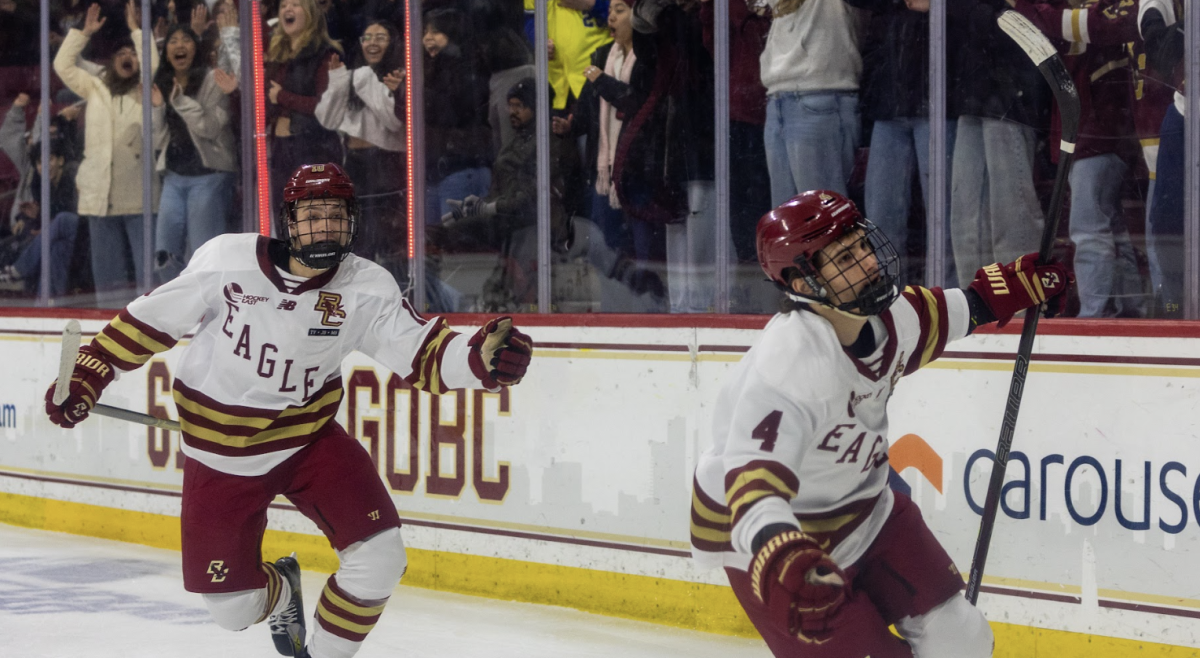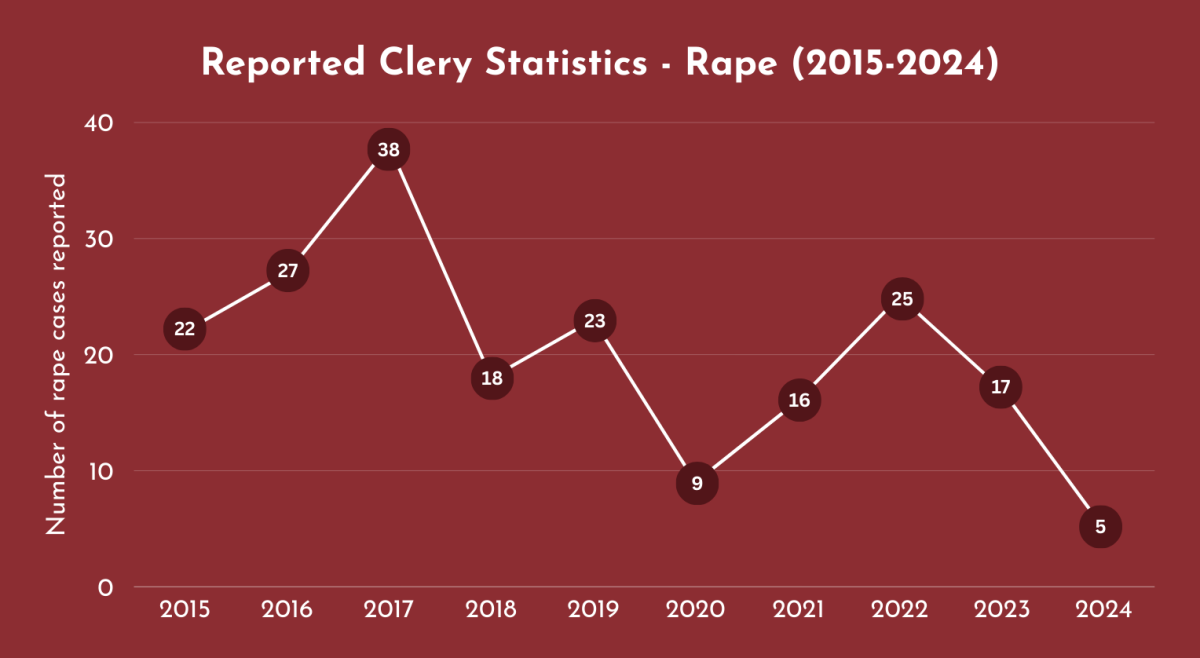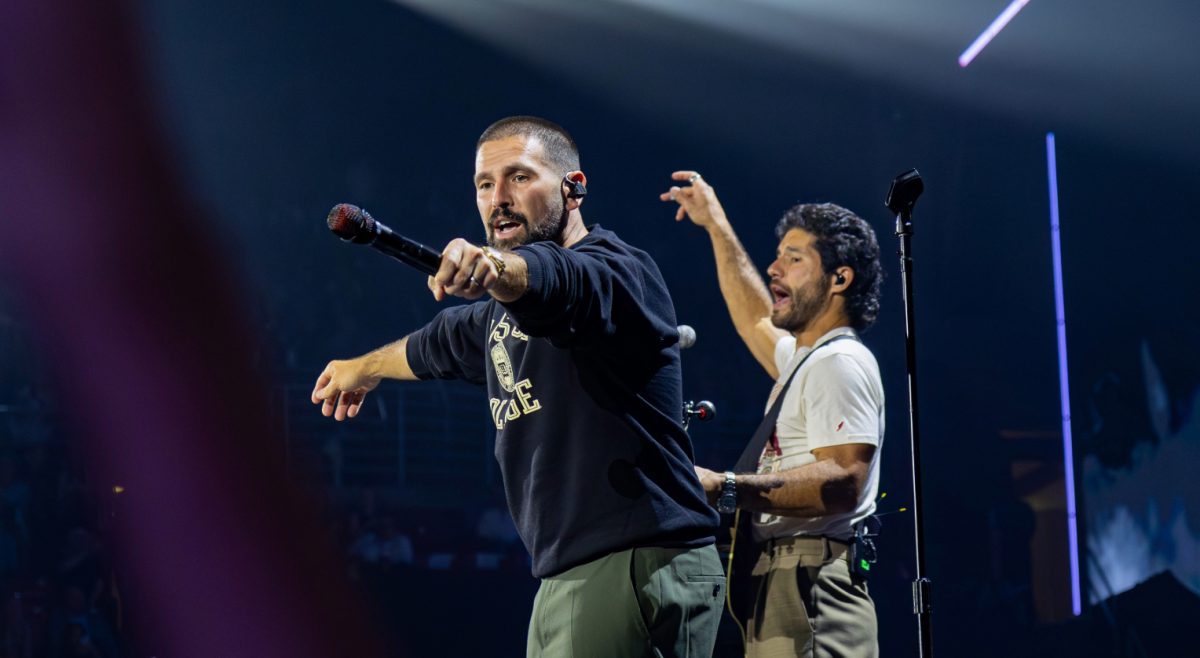Boston College’s McMullen Museum, previously located in Devlin Hall for over 20 years, is moving to 2101 Commonwealth Ave., and will be housed in a much larger, redesigned space. The new McMullen Museum will open to the public in Sept. 2016.
The 30,000-square foot building will include LED lighting and climate control, as well as a loading dock and freight elevator for the delivery of artworks. The gallery space is expected to double in size, allowing for the addition of new pieces and more temporary art exhibits.
“In the next two months, it’s going to change a lot,” senior construction project manager Steve Connors said.
Consigli Construction, the team working on 2101’s redesign, also added a glass atrium to the side of the building that will act as a welcome center. Museum planners wanted to keep the facade of the building intact, so the exterior of the building is primarily being refurbished rather than rebuilt.
The building, which was previously the Boston Cardinal’s residence, has been used as a conference center in recent years. The University made efforts to continue to use the building for events and conferences by creating an outdoor patio that can house campus events.
The $25 million project was funded in part by a lead gift through the Light the World Campaign, an ongoing University fundraising effort seeking to raise $1.5 billion to support projects from infrastructure updates to financial aid increases. Jacqueline McMullen and her late husband John McMullen helped to found the original McMullen Museum over 20 years ago.
“Our hopes are for a University museum that focuses on new scholarly research and on educating the next generation of museum-goers and curators,” McMullen said to The Boston Globe in 2014.
Museum director and art history professor Nancy Netzer believes that with the addition of the museum space, BC will also implement new courses related to museum studies. The museum, which attracts approximately 10,000 visitors a year, will remain open in Devlin Hall until the Brighton Campus location is unveiled next September. Entry will remain free to the public.
“It will be good for the whole University because we will be doing large-scale exhibitions,” Netzer said. “All of our exhibitions are curated by faculty, so it will contribute very much to the University’s research mission.”
The first floor of the new museum will be used as a conference center that includes six meeting rooms and a reception space. Twenty-six to 30 paintings from the museum’s current collection will line the walls of the lower level.
The first floor will also include a room dedicated to the John La Farge exhibit that is currently on exhibition at the Devlin Hall location of the museum. The University is expecting to receive two new La Farge paintings as gifts in January. Additionally, three stained glass windows that sit in the entry hall at the old location of the museum will be transferred to the new entryway at the Brighton Campus location.
The second level of the museum will include three gallery spaces that will host other exhibitions curated by BC faculty. Movable partitions will also be added on the inside of the galleries to create a more interactive design space.
On the third level, museum offices will line one hallway while adjacently, there is a smaller, more intimate art gallery. The museum is also planning on opening a terrace-garden on the third level that will provide visitors with views of both BC’s Brighton Campus and the Boston skyline. Currently, the construction team is addressing mechanical issues throughout the building, ridding of excess material around the construction site, and working on interior finishings in the museum. The team plans on paving the roads that lead to the building by next week.
Consigli Construction began working on the redesign of the building at the beginning of last October and is planning to complete construction around the end of the calendar year. At that point, the building must undergo an acclimation period before the artwork can be transferred from Main Campus. During this acclimation period, the museum will test the humidity, moisture, and temperature levels of the building to prevent damage to the paintings and sculptures.
Due to the unprecedented snow this past winter, the project began slowly, but the construction team has caught up with the delay and the project is back on schedule, Connors said.
“So far it has been a lot of people reacting to a lot of different things, and people working together,” Connors said.
Featured Image by James Clark / Heights Staff

